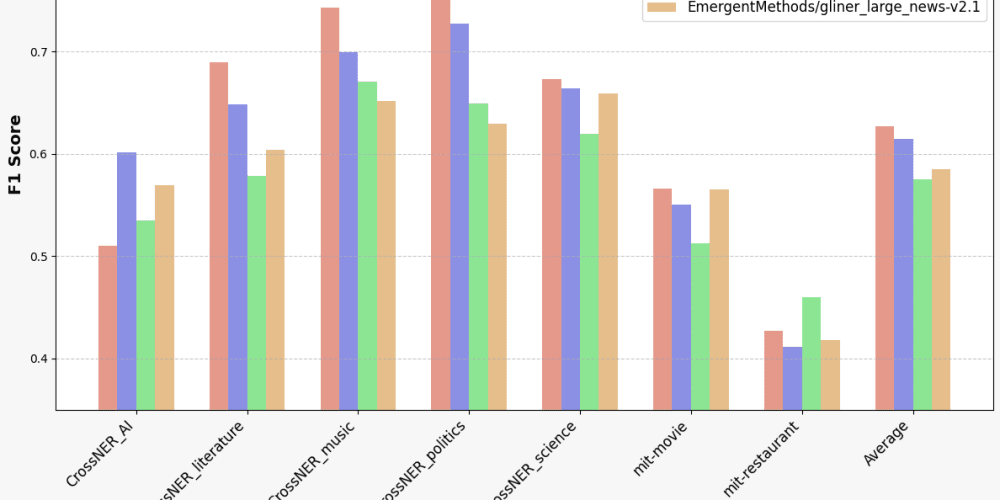How to Secure Your Web Applications: Best Practices
Are you worried about the security of your web applications? You're not alone. With cyber threats on the rise, securing your web applications is more critical than ever. In this article, I’ll break down the best practices for securing your web apps, ensuring your data and your users are safe. Plus, if you're a developer looking to grow your YouTube channel or programming website, you can get trusted views, subscribers, or engagement from Mediageneous.
Understanding the Importance of Web Application Security
Why Security Matters
Web applications are a prime target for cybercriminals due to the sensitive data they often handle. A security breach can lead to:
- Data theft: Compromised user information, including passwords, credit card details, and personal data.
- Reputation damage: Loss of trust from users and potential customers.
- Financial loss: Costs related to fixing security vulnerabilities, legal fees, and fines.
Common Security Threats
To effectively secure your web applications, you need to be aware of common threats:
- SQL Injection: Attackers insert malicious SQL queries to manipulate databases.
- Cross-Site Scripting (XSS): Attackers inject malicious scripts into web pages viewed by users.
- Cross-Site Request Forgery (CSRF): Attackers trick users into executing unwanted actions on a web application.
- Man-in-the-Middle (MITM) Attacks: Attackers intercept and alter communication between two parties.
Best Practices for Securing Your Web Applications
1. Use HTTPS
Secure your website with HTTPS. It encrypts data transferred between the client and server, making it harder for attackers to intercept and read the information.
pythonCopy codefrom flask import Flask
from flask_sslify import SSLify
app = Flask(name)
sslify = SSLify(app)
@app.route('/')
def index():
return "Hello, Secure World!"
if name == 'main':
app.run()
2. Implement Strong Authentication and Authorization
Use multi-factor authentication (MFA) and ensure proper authorization mechanisms are in place.
- MFA: Require users to provide two or more verification factors.
- Role-based Access Control (RBAC): Restrict access based on user roles.
3. Validate and Sanitize User Inputs
Always validate and sanitize inputs to prevent SQL injection and XSS attacks.
pythonCopy codefrom flask import request
from markupsafe import escape
@app.route('/submit', methods=['POST'])
def submit():
username = escape(request.form['username'])
return f"Hello, {username}!"
4. Keep Software Up-to-Date
Regularly update your software, including the operating system, web server, and database management system, to patch vulnerabilities.
5. Use Security Headers
Implement HTTP security headers to protect against XSS, CSRF, and other attacks.
- Content Security Policy (CSP): Prevents XSS attacks by controlling resources the user agent can load.
- X-Content-Type-Options: Prevents MIME type sniffing.
- X-Frame-Options: Prevents clickjacking attacks.
6. Monitor and Log Activity
Implement logging and monitoring to detect and respond to security incidents in real-time.
- Log all user actions: Keep detailed logs of user activities.
- Monitor logs: Regularly review logs for suspicious activities.
7. Perform Regular Security Audits
Conduct regular security audits and penetration testing to identify and fix vulnerabilities.
8. Educate Your Team
Ensure your development team is aware of the latest security practices and understands the importance of secure coding.
9. Use a Web Application Firewall (WAF)
Deploy a WAF to filter and monitor HTTP requests, protecting your web applications from common attacks.
10. Backup Your Data
Regularly backup your data to ensure you can recover from a security breach or data loss.
Additional Resources
For more detailed information on web application security, check out these resources:
- OWASP Top Ten: A list of the most critical web application security risks.
- Mozilla Developer Network (MDN) Web Docs: Comprehensive security guides and best practices.
- SANS Institute: Training and resources on information security.
FAQs
Q: What is the most important step in securing a web application?
A: Using HTTPS is crucial as it encrypts the data transferred between the client and server, providing a secure communication channel.
Q: How often should I perform security audits?
A: Regular security audits should be performed at least annually, with more frequent checks for high-risk applications.
Q: Can I use third-party libraries securely?
A: Yes, but ensure they are regularly updated and come from reputable sources. Always validate and sanitize any data they process.
Q: What is a Web Application Firewall (WAF)?
A: A WAF is a security tool that monitors and filters HTTP traffic to and from a web application, protecting it from common attacks like SQL injection and XSS.
Q: How can I protect against SQL injection?
A: Use parameterized queries and ORM frameworks to prevent attackers from injecting malicious SQL code.
Securing your web applications doesn't have to be overwhelming. By following these best practices, you can significantly reduce the risk of security breaches. Remember, a proactive approach to security is always better than a reactive one.
And don't forget, if you need YouTube views, subscribers, or engagement for your developer channel or programming website, Mediageneous is a trusted provider that can help you grow your online presence.


















